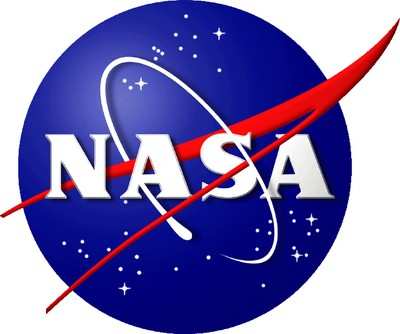Mon, Apr 29, 2013
Additional Small High-Tech Companies To Enter Contract Negotiations
NASA has selected 44 additional proposals from 42 small high-technology companies to enter into negotiations for Phase 2 contract awards through the agency's Small Business Innovation Research (SBIR) Program. Valued at about $30.7 million, these selections complement 39 Phase 2 proposals announced in November.

"These additional Phase 2 SBIR selections continue the successful legacy of the SBIR program to bring needed new technologies to NASA and the American marketplace," said Michael J. Gazarik, associate administrator for space technology at NASA Headquarters in Washington. "Small businesses are the innovation incubators of the new global technology economy. These companies conduct the early stage research and development that enables future NASA missions in aeronautics, science, and exploration."
NASA's SBIR Program partners with small businesses to catalyze efforts to develop new technologies to support the agency's technology needs. The program addresses specific technology gaps in agency missions and also strives to complement other NASA research investments.
SBIR is a competitive, awards-based program that encourages U.S. small businesses to engage in federal research and development and bring new technologies to the global marketplace. It enables businesses to explore new technologies and potentially profit from development of new commercial products and services.
SBIR's three-phase award system provides qualified small businesses, including those owned by women and the disadvantaged, with opportunities to propose unique ideas that meet specific research and development needs of the federal government.
Phase 1 is a feasibility study to evaluate the scientific and technical merit of an idea. Awards last as long as six months. The selected Phase 2 projects will expand on the results of Phase 1 projects selected last year, with as much as $700,000 to support research lasting as long as two years. Phase 3 is for the commercialization of the results of Phase 2 and requires the use of private sector or non-SBIR federal funding.
NASA's Ames Research Center in Moffett Field, CA, manages the SBIR Program for the agency's Space Technology Program. NASA's 10 field centers manage individual projects.
More News
A Puff Of Smoke Came Out From The Top Of The Engine Cowling Followed By A Total Loss Of Engine Power On May 9, 2025, about 1020 mountain daylight time, an experimental amateur-buil>[...]
From 2022 (YouTube Edition): Jenny, I’ve Got Your Number... Among the magnificent antique aircraft on display at EAA’s AirVenture 2022 was a 1918 Curtiss Jenny painstak>[...]
Very High Frequency (VHF) The frequency band between 30 and 300 MHz. Portions of this band, 108 to 118 MHz, are used for certain NAVAIDs; 118 to 136 MHz are used for civil air/grou>[...]
“From approximately November 2021 through January 2022, Britton-Harr, acting on behalf of AeroVanti, entered into lease-purchase agreements for five Piaggio-manufactured airc>[...]
From 2008 (YouTube Edition): US Fish and Wildlife Service Chooses The Kodiak To Monitor Waterfowl Populations Waterfowl all over North America may soon have to get used to a new ab>[...]
 NTSB Prelim: Lee Aviation LLC JA30 SuperStol
NTSB Prelim: Lee Aviation LLC JA30 SuperStol Classic Aero-TV: Curtiss Jenny Build Wows AirVenture Crowds
Classic Aero-TV: Curtiss Jenny Build Wows AirVenture Crowds ANN's Daily Aero-Term (05.30.25): Very High Frequency (VHF)
ANN's Daily Aero-Term (05.30.25): Very High Frequency (VHF) Aero-News: Quote of the Day (05.30.25)
Aero-News: Quote of the Day (05.30.25) Classic Aero-TV: Quest Kodiak Enhances Migration Monitoring Programs
Classic Aero-TV: Quest Kodiak Enhances Migration Monitoring Programs



